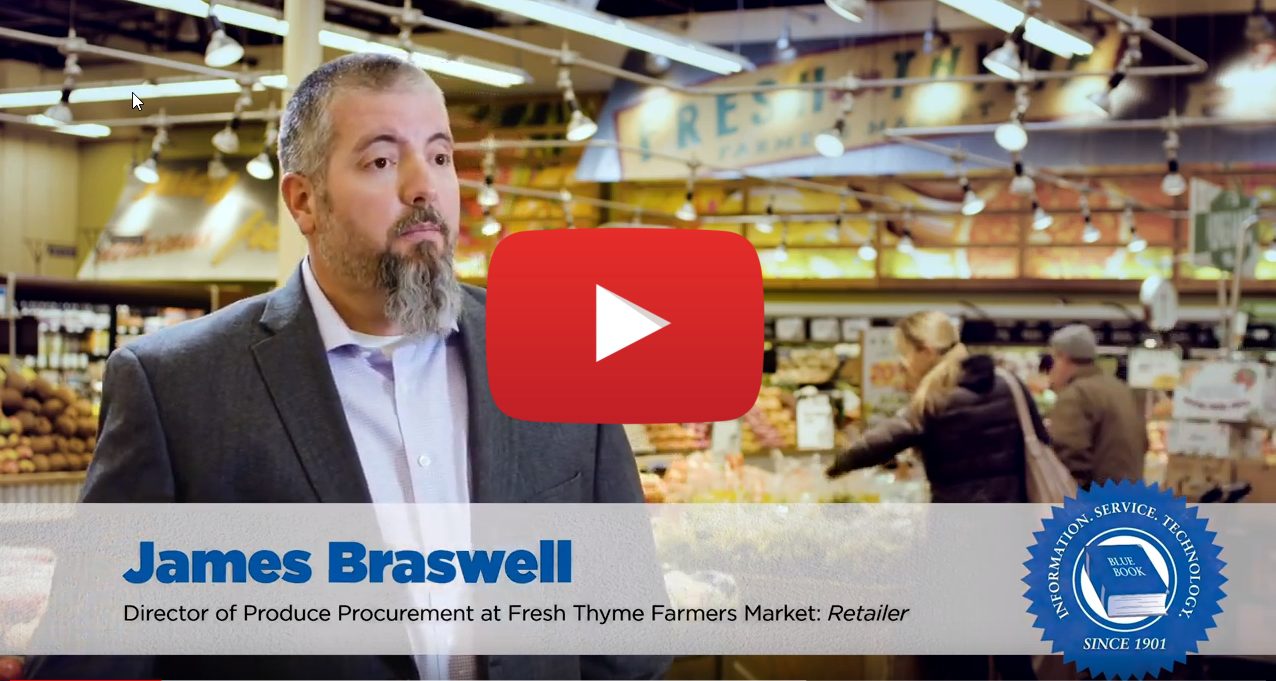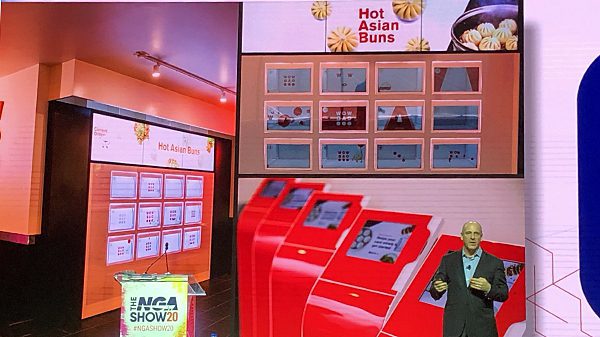SAN DIEGO – Even with a strong economy and rising consumer spending, independent conventional grocery retailers face increasing challenges.
Consumer demands are changing, said Neil Stern, partner at McMillanDoolittle, February 24 at the National Grocers Association’s annual convention, and that means retailers must deliver a unique experience to keep pace with competition.
Stern said he’s worked as a strategy partner with chains such as Kroger, CVS, WaWa and Casey’s General Stores, and he visits retail operations around the world.
Online ordering is rising across sectors, with about 12 percent of all retail sales in e-commerce in 2019, but only 3-4 percent of food sales are done online. That will rise, so all grocers should look into offering their products online, and often with deliver or pick-up as options.
He said new store designs tend to focus on offering one of these three attributes:
- Extreme value. That means price, of course, Stern said, but also the thrill of a treasure hunt. And it means retailer can differentiate with their private labels. Private labels offer a lower price than most brand names but also exclusivity. Aldi has continued to grow in the United States using this value proposition to the point of planning 2,500 stores in the U.S. by 2022.
- Extreme convenience. The key is to remove barriers to sales. “If someone wants to give you money, make it easy for them,” he said. The desire for human interaction in the sales process is going down. Sales kiosks and micro fulfillment centers are on the rise. And the entire retail industry continues to struggle with making delivery profitable. Stern said there’s no easy answer, but it’s a solution that technology will have to solve.
- Extreme experience. Stern said these successful stores convince consumers to linger in stores longer and give them Instagrammable moments. Make the consumer experience one that they have to tell their friends.
Stern said independent retailers face many challenges, and not all will be able to deliver on these three concepts, but they also have a competitive advantage: their connection to their communities.



